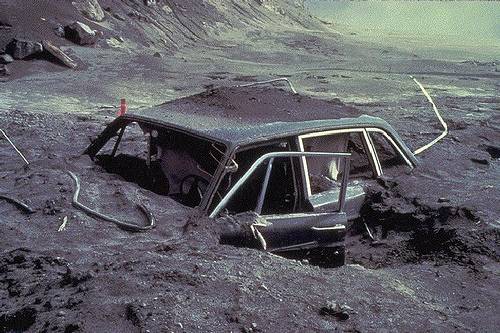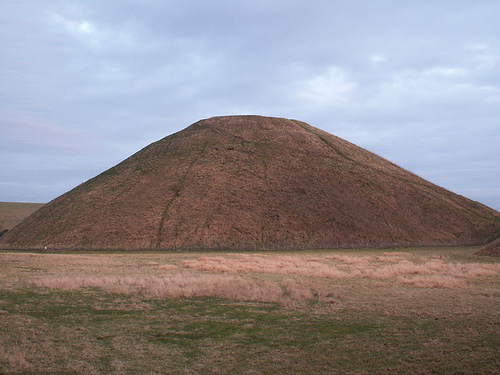
National Geographic photographer Reid Blackburn’s car after the eruption of Mount St. Helens, May 18, 1980. The lava would have been about 680°F when it reached him.
In all, the eruption equaled 27,000 Hiroshima-sized atomic bombs. It killed 57 people, 1,500 elk, 5,000 deer, and 11 million fish.
When a film crew was dropped by helicopter on the mountain five days later, its compasses spun in circles.



